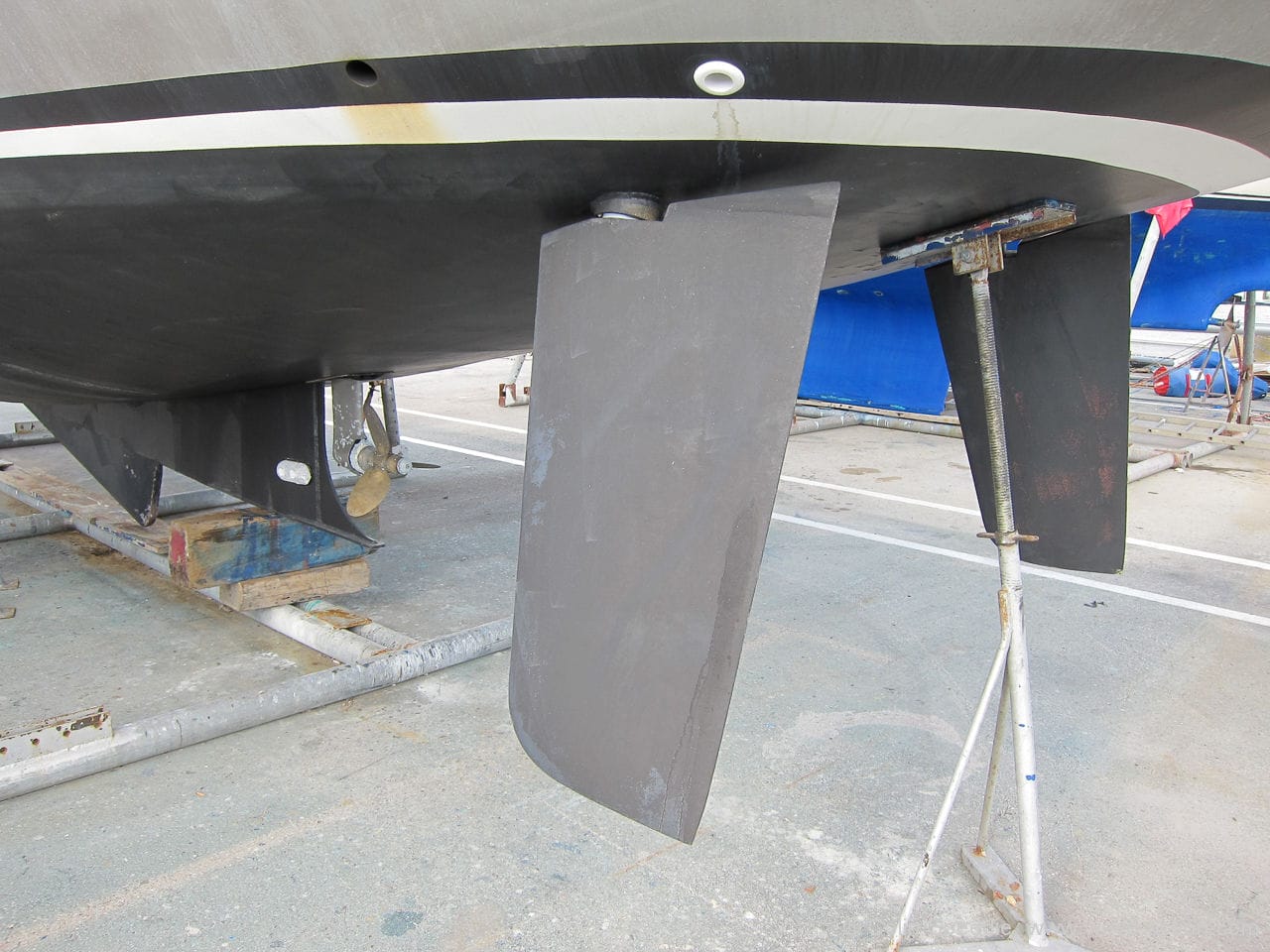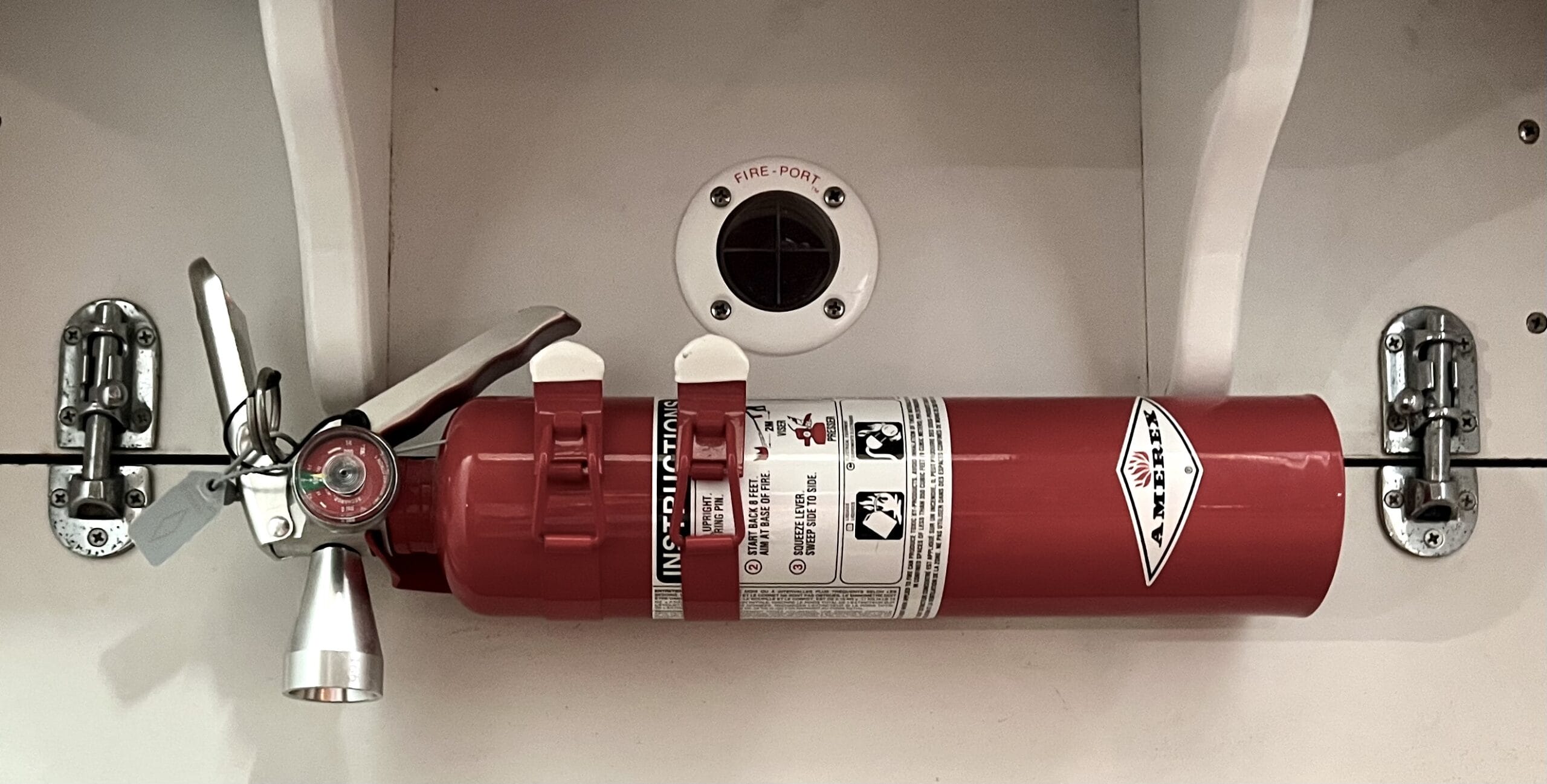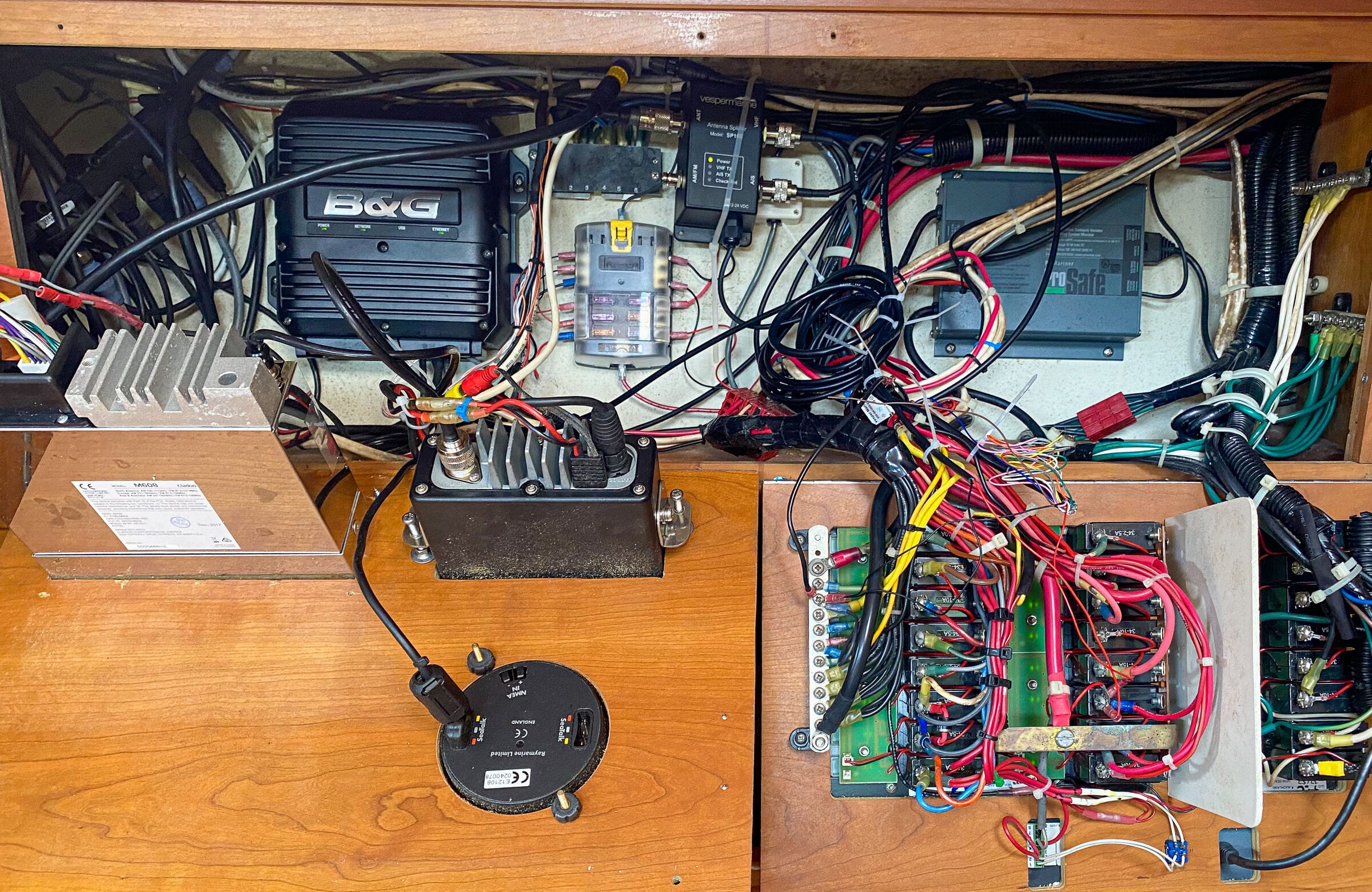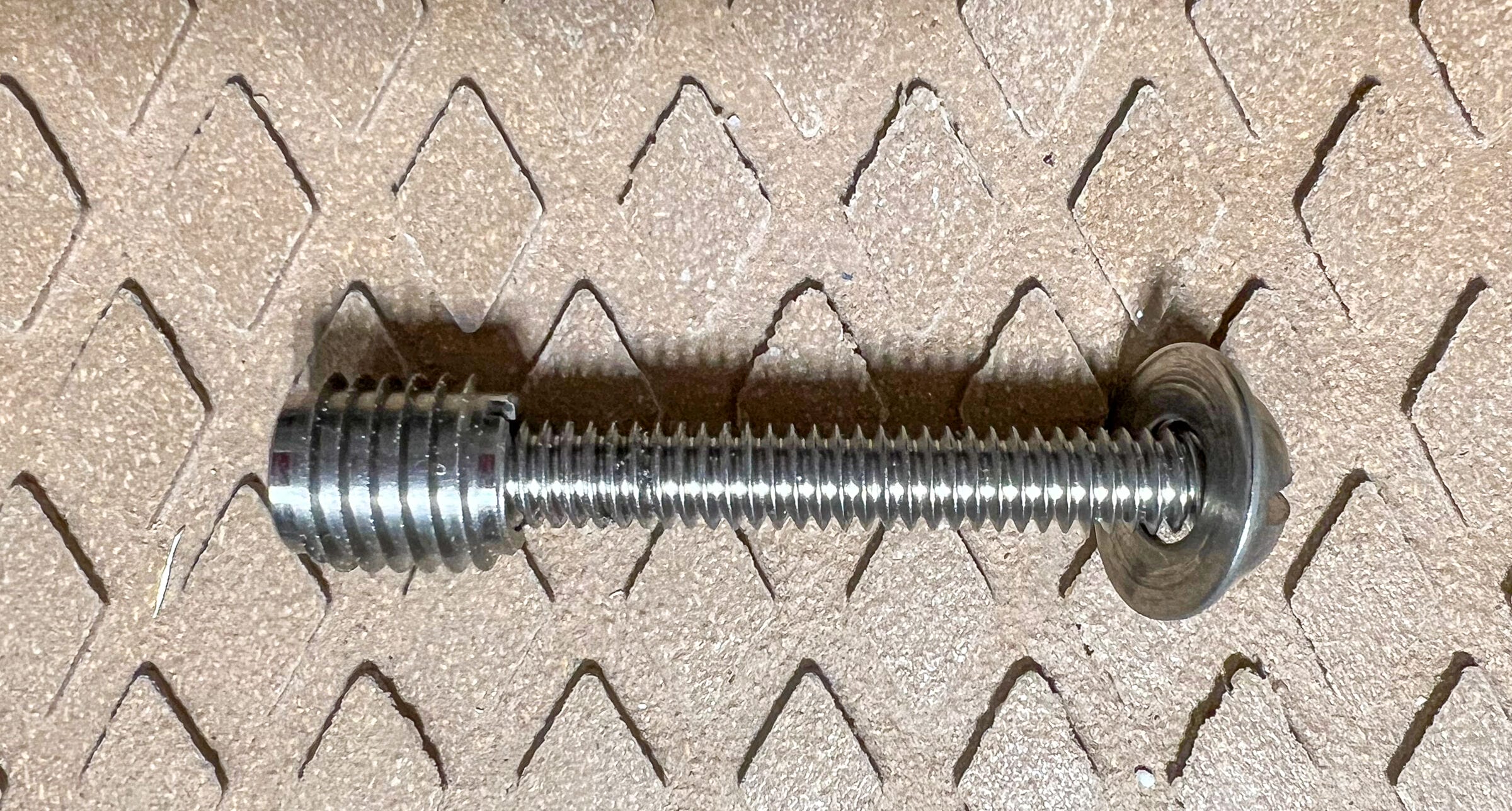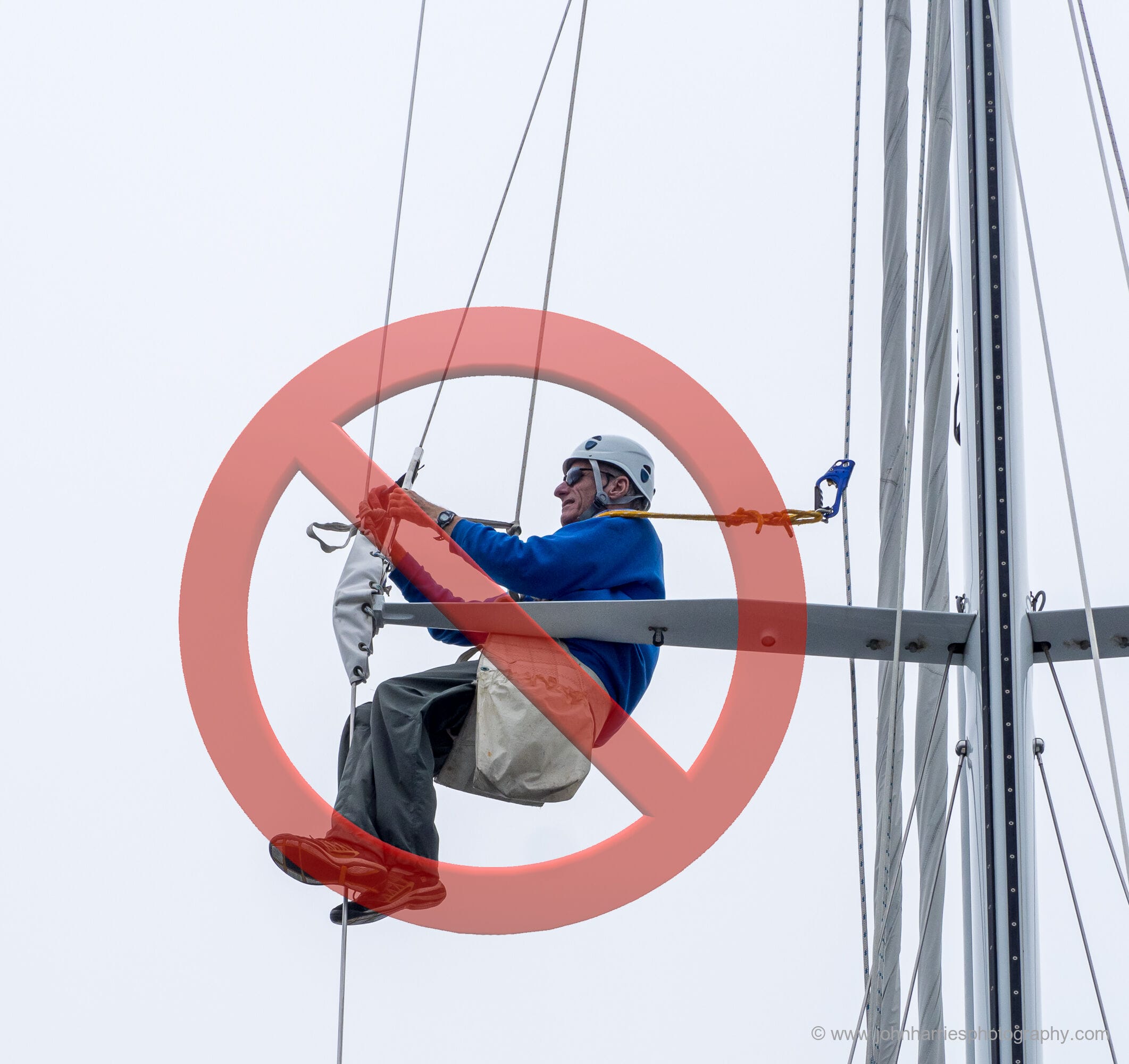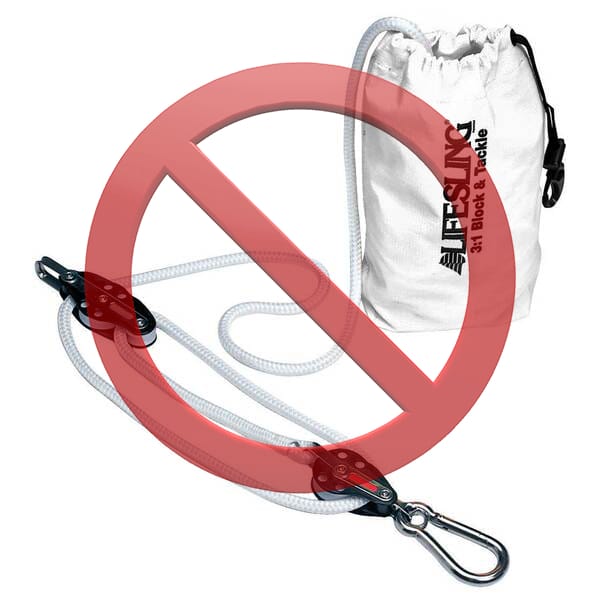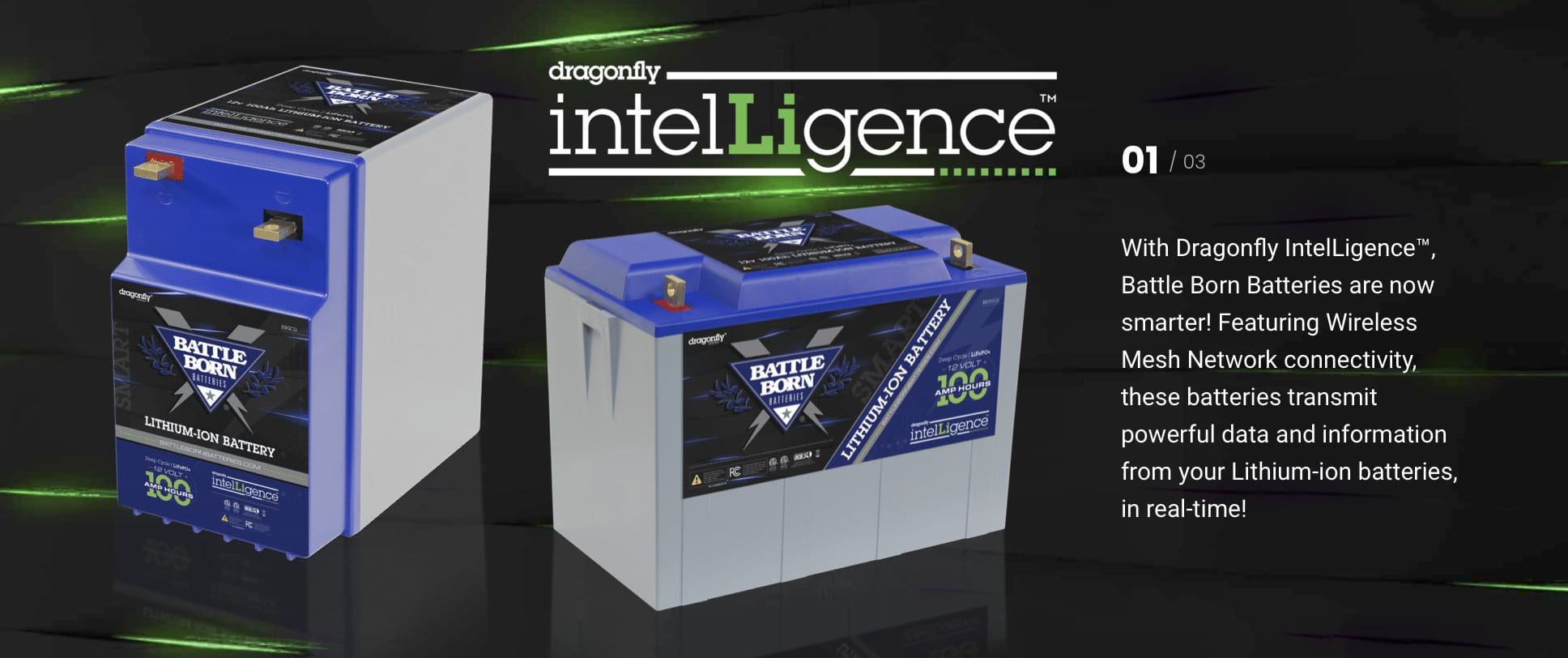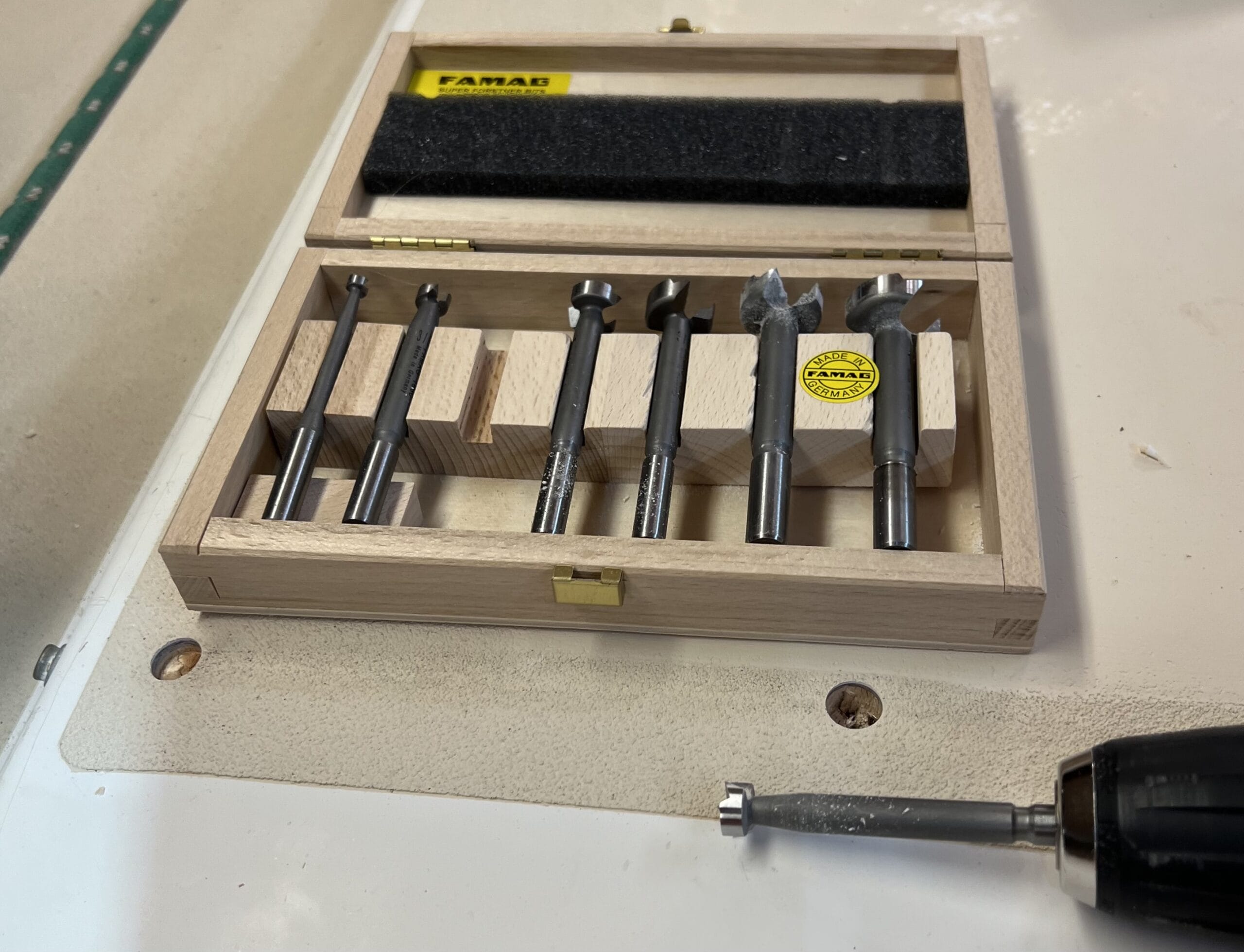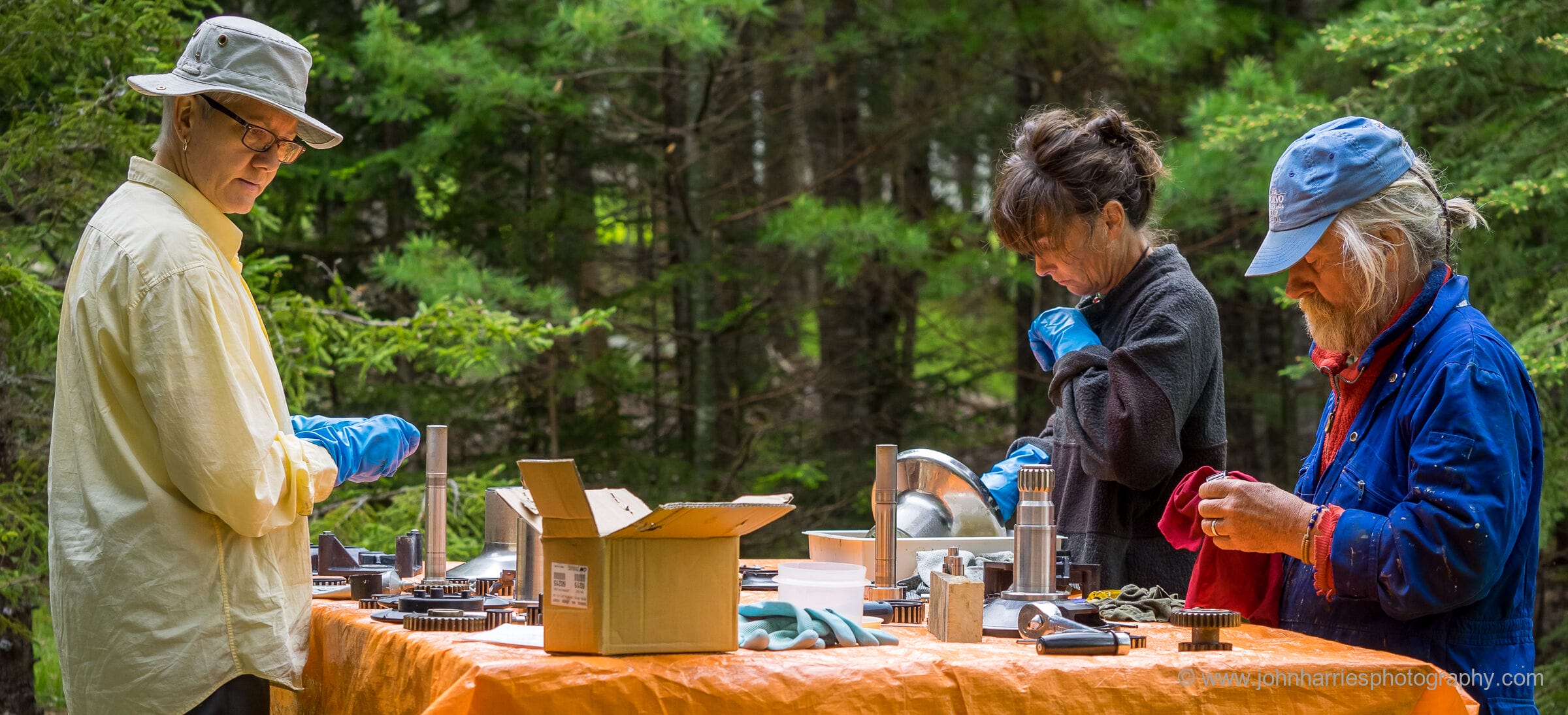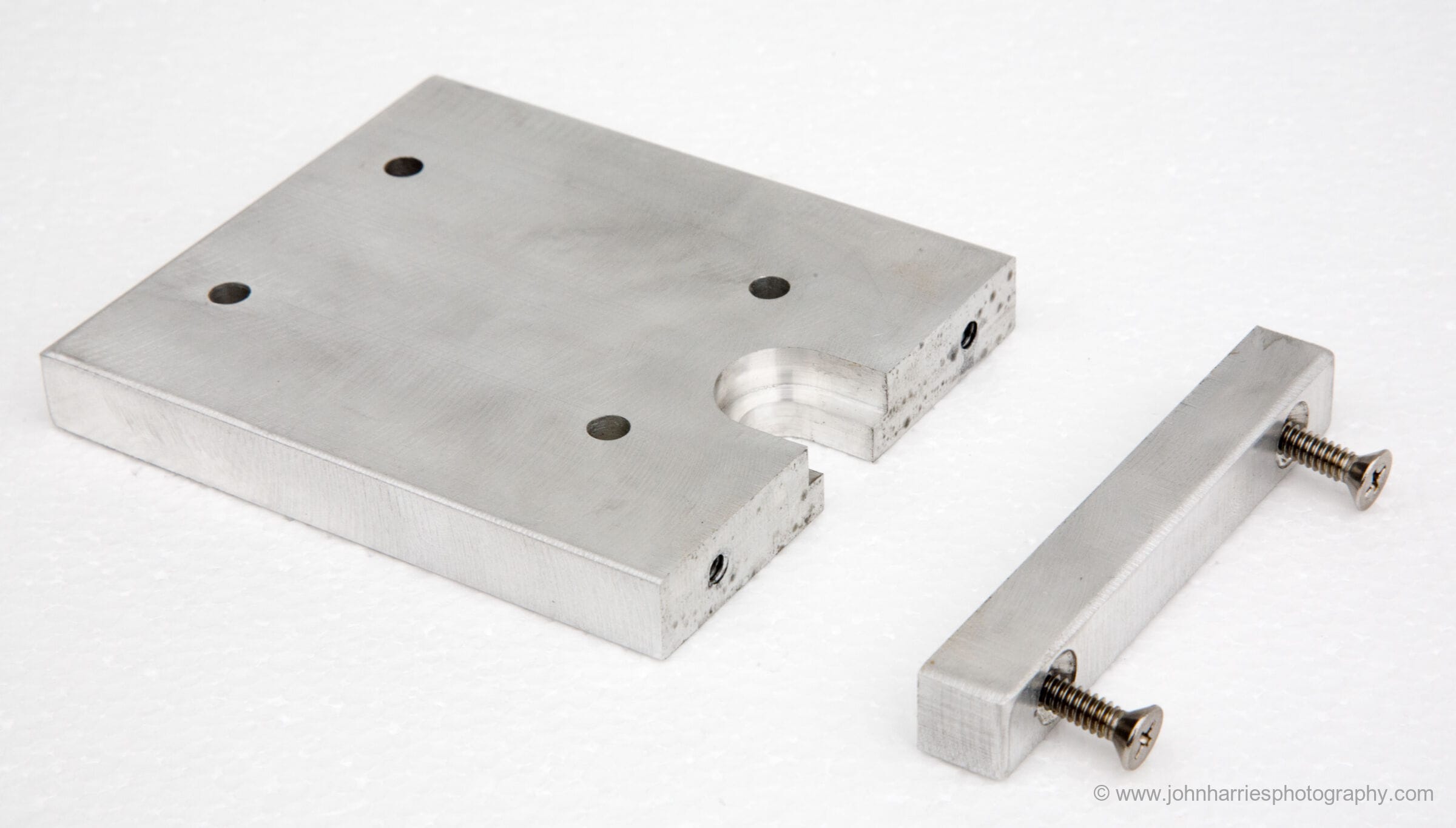
Tips, Tricks & Thoughts:
Tips
-
A Required Skill to Go Voyaging
3 CommentsReading Time: < 1 minuteFreeRead more: A Required Skill to Go Voyaging“The capacity to tolerate minor discomfort is a superpower,” Oliver Burkeman wrote. “ It’s shocking to realize how readily we set aside even our greatest ambitions in life merely to avoid easily tolerable levels of unpleasantness. It is possible, instead, to make a game of gradually increasing your capacity for discomfort, like weight training at […]
-
Beware Auto-Tune on Modern Radars
0 CommentsReading Time: < 1 minuteFreeRead more: Beware Auto-Tune on Modern RadarsEngineer and experienced mariner Eric Klem has just updated his review of his Furuno DRS2D-NXT doppler radar with a sobering account of how the auto-tune feature failed during a night approach to a crowded harbour. Eric is an experienced radar user, and so was able to quickly diagnose the problem and fix it by taking […]
-
An Interesting Boat Decision—Buy or Walk?
10 CommentsReading Time: 2 minutesFreeRead more: An Interesting Boat Decision—Buy or Walk?Member Rob left an interesting comment a few days ago that got me thinking: I have a boat on offer and am considering backing out of the deal. The standing rigging is 41 year old rod, the rudder is wet, mold in v-berth, small leak in hull/deck joint, autohelm removed, small anchor locker (not sure […]
-
Twin Rudders Have No Place In The High Latitudes or Maybe Cruising
15 CommentsReading Time: 3 minutesFreeRead more: Twin Rudders Have No Place In The High Latitudes or Maybe CruisingWe just got an interesting question from Françoise and Jean-Michel who are looking at buying a new boat. Boreal’s daggerboards can be broken as you can see on the n° 42 ep ” Bushpoint ” on You tube. It was last year on a Boreal 55 in the north of Norway. Even if it was […]
-
Install an Engine Space Fireport
7 CommentsReading Time: < 1 minuteFreeRead more: Install an Engine Space FireportOne of the most common places for a fire to start on a boat is in the engine space, and if that happens the last thing we want to do is open an access panel to fight it, and thereby get a face full of fire, not to speak of accelerating the fire by giving […]
-
Tidy Up The Wiring
2 CommentsReading Time: < 1 minuteFreeRead more: Tidy Up The WiringOne of the most satisfying jobs we can do in a refit is to simply tidy up the wiring. I took the above picture a few days ago. Certainly not perfect, and not as nice as I could do if I tore the whole works out and started again, but a heck of a lot […]
-
Own Our Own Sawhorses
0 CommentsReading Time: < 1 minuteFreeRead more: Own Our Own SawhorsesThis tip won’t work for active voyagers far from home, but for those of us who commission our boats at the same yard every year and have a place to store them it’s well worth owning our own sawhorses. The things are always in short supply at a boatyard, and the ones we can hunt […]
-
Threaded Inserts Save The Day
2 CommentsReading Time: 2 minutesFreeRead more: Threaded Inserts Save The DayEngine access on the J/109 is way easier if we remove the top companionway step, so over the years that’s clearly been done a bunch of times. And of course with each removal and reinstallation the screw holes in the retaining battens underneath have got bigger and more ragged. So people have replaced the screws […]
-
Protect Hydraulic Rams
2 CommentsReading Time: < 1 minuteFreeRead more: Protect Hydraulic RamsI have long been a fan of hydraulic backstay adjusters, and, on bigger boats, hydraulic vangs, but they do have one vulnerability: a ding in the exposed rod will eventually damage the top seal and start a leak. Sometimes a small ding can be polished out with very fine emory paper, but bigger ones can, […]
-
Good Boat Review—Leadership 44
2 CommentsReading Time: < 1 minuteFreeRead more: Good Boat Review—Leadership 44Practical Sailor just reminded me in an email of an excellent review, written by editor Darrell Nicholson, of the U.S. Coast Guard Academy Leadership 44, designed by David Pedrick (one of my favourite designers) and built by Morris Yachts. Darrell also compares the Coast Guard boat to the Navy 44 Mk II, also by Pedrick, […]
-
Mental Liquidity
8 CommentsReading Time: 2 minutesFreeRead more: Mental LiquidityI have quoted Morgan Housel, one of the smartest people in investing as well as one of the best writers, before. His thoughts about investing often make sense for life, and offshore voyaging. Here’s Morgan again: A question I love to ask people is, “What have you changed your mind about in the last decade?” […]
-
Crew Overboard Lessons Learned
18 CommentsReading Time: < 1 minuteFreeRead more: Crew Overboard Lessons LearnedHere’s an interesting article about a triple crew overboard emergency from the point of view of the crew of the rescuing boat. I learned from all the lessons shared, but the two that really jumped out at me were: Anyway, thankfully it ended well. Thanks to my friend Wilson for the heads-up.
-
Get Vane Gear Blade Out Of The Water Before Deploying JSD
14 CommentsReading Time: < 1 minuteFreeRead more: Get Vane Gear Blade Out Of The Water Before Deploying JSDAs I have said before, there are few people on the planet, probably less than a dozen, who know as much about surviving storms at sea in a small boat as Susanne Huber-Curphey. I’m privileged to be on her email newsletter list. The latest contained the following nugget of wisdom: This self-steering was also the […]
-
Battle Born Batteries Get The Memo
9 CommentsReading Time: 2 minutesFreeRead more: Battle Born Batteries Get The MemoGreat to see that one of the largest vendors of lithium batteries has finally got wise to the fact that when used on boats, lithium batteries with an internal BMS must be able to communicate with external devices and the user to be safe and compliant. That said, Battle Born are making a lot of […]
-
Takacat Dinghy On Test
26 CommentsReading Time: 2 minutesFreeRead more: Takacat Dinghy On TestI’m constantly correcting people who assume that because my last three boats were monohulls I must be a multihull hater. Why is it that these days so many people seem to jump to the conclusion that just because we own one type of boat, we must think that it’s the best and all other boats […]
-
Updated Norwegian Cruising Guide, Volume 3
2 CommentsReading Time: < 1 minuteFreeRead more: Updated Norwegian Cruising Guide, Volume 3Many of you may not be aware, but Phyllis and I have a second job as publishers and editors of the Norwegian Cruising Guide. Actually, that’s a bit of a stretch in that Phyllis, together with our friend and Norwegian partner Hans Jakob, do 95% of the work on that project and I get my […]
-
Backer Plate Hack
2 CommentsReading Time: < 1 minuteFreeRead more: Backer Plate HackPretty much any deck fitting should have a substantial backer plate. I like G10 for this function, although fibreglass sheet can work for less money when less stiffness is required. I keep some of each in different thicknesses on hand. But how do we hold the backer plate in place while we drill the holes?The […]
-
Great Core Removal Drill Bits
8 CommentsReading Time: < 1 minuteFreeRead more: Great Core Removal Drill BitsI think pretty much everyone knows that when installing new fittings on a cored boat we should first remove the core before filling the void with thickened epoxy and then re-drilling for the fastener(s). There are a bunch of different ways to do this, but the set of Alfa Tools Forstner bits I just bought […]
-
Q&A Winch Service Intervals & grease.
17 CommentsReading Time: 2 minutesFreeRead more: Q&A Winch Service Intervals & grease.Member Courtney asked: In this whole set of articles on rigs/spars/lines and the bits and bobs that make the sailing happen I see no mention of the service schedule or recommended sundries for winches. I found your suggestions for a water-based degreaser, but no suggestions for the grease (And there’s sooo many, and they all claim […]
-
Cutting Bolts Hack¹
6 CommentsReading Time: < 1 minuteFreeRead more: Cutting Bolts Hack¹I’m guessing most of you know this one, but I didn’t when I first started working on boats, so it may be useful. When cutting a bolt off that’s too long, first put a nut on it as shown in the above. Winding the nut off cleans up burs on the threads from cutting. But […]
-
Drawings For Improved Force 10 Stove Bracket
6 CommentsReading Time: < 1 minuteFreeRead more: Drawings For Improved Force 10 Stove BracketI just added a drawing of this much-improved stove bracket to the original article so others can use it to get one made to improve the safety of Force 10 stoves. Should have done this years ago. Thanks to member Nina for the nudge.
-
Recommended Deck Wiring Glands
1 CommentReading Time: 2 minutesFreeRead more: Recommended Deck Wiring GlandsI have a pathological hatred for drilling holes in the deck of our boat, but sometimes it’s unavoidable, and when it is I’m guided by a healthy dose of deck-leak paranoia—it only takes one passage with a leak over your bunk to instill said condition for life. The cables in the shot will be under […]
-
Wire Routing Hack
2 CommentsReading Time: < 1 minuteFreeRead more: Wire Routing HackI have been running a bunch of new cables up to the instrument pod on our new-to-us J/109 while installing a better on-deck navigation system, including radar. The cables run through the head under some trim in a very tight space with no room for wire ties, and they needed to stay put while I […]
-
Oil Change Danger
2 CommentsReading Time: < 1 minuteFreeRead more: Oil Change DangerWe have a friend who was well into a voyage across the Atlantic when the oil pressure alarm went off on her engine. She and her crew made all the usual checks but to no avail. When they finally got to the Azores under sail and with no engine for charging, the mechanic found parts […]
-
A Shed For Your Boat
0 CommentsReading Time: 2 minutesFreeRead more: A Shed For Your BoatA couple of years ago my friend David sent me the above photos of a Stimson shed he built to winter store his lovely Hinkley 41, the same boat he so kindly lent me for a cruise. I’m ashamed to admit that said photos have languished on my computer until I stumbled over them while […]



